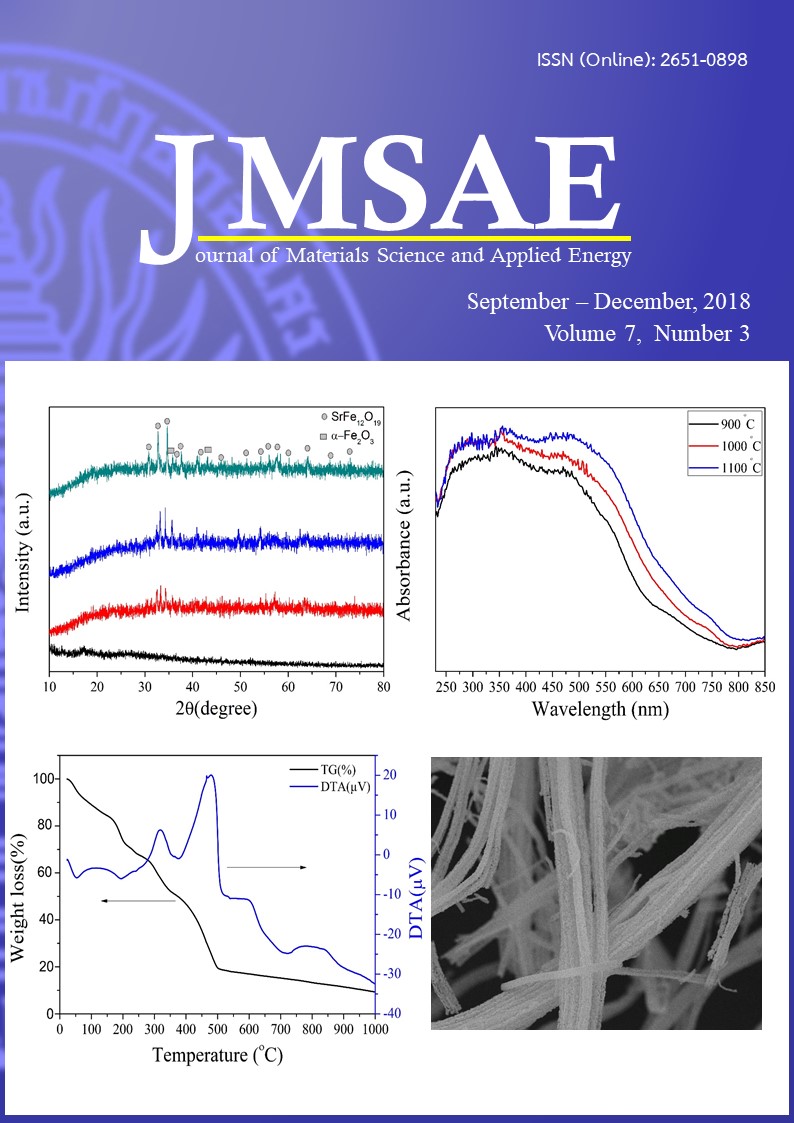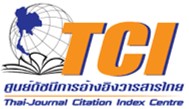Non–transition Metal Oxides Catalyst for Production of Gamma–valerolactone from Methyl Levulinate by Catalytic Transfer Hydrogenation
Keywords:
Catalytic transfer hydrogenation, Non-transition metal oxidesAbstract
g-Valerolactone (GVL) is an organic compound which shows its great potential in energy and polymer application. Normally, transition metal catalysts were employed as an effective catalyst for producing GVL from methyl levulinate (ML). However, non-transition metal oxides were usually used as support material for these catalysts, it provides catalyst to be higher dispersion and catalytic performance. In this study, non-transition metal oxides were directly used as catalyst and shows for interesting result that about 98% of ML conversion and almost 80% of GVL yield were appeared via use g-Al2O3 as catalyst while others including MgAl2O4 and MgO shows the lower performance, respectively.








